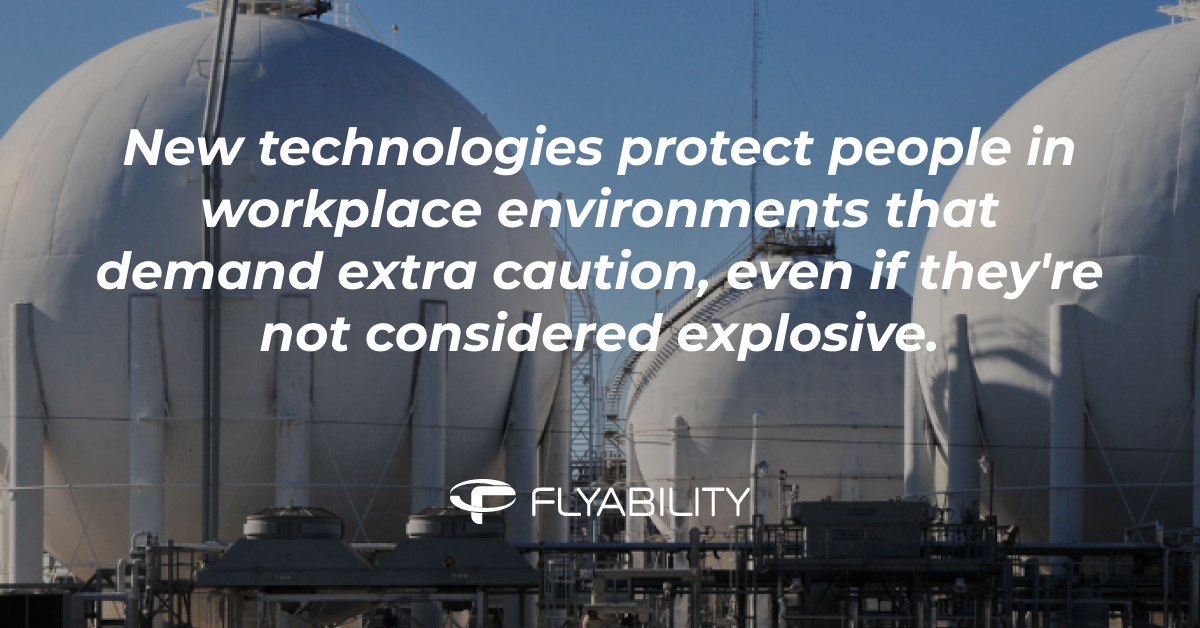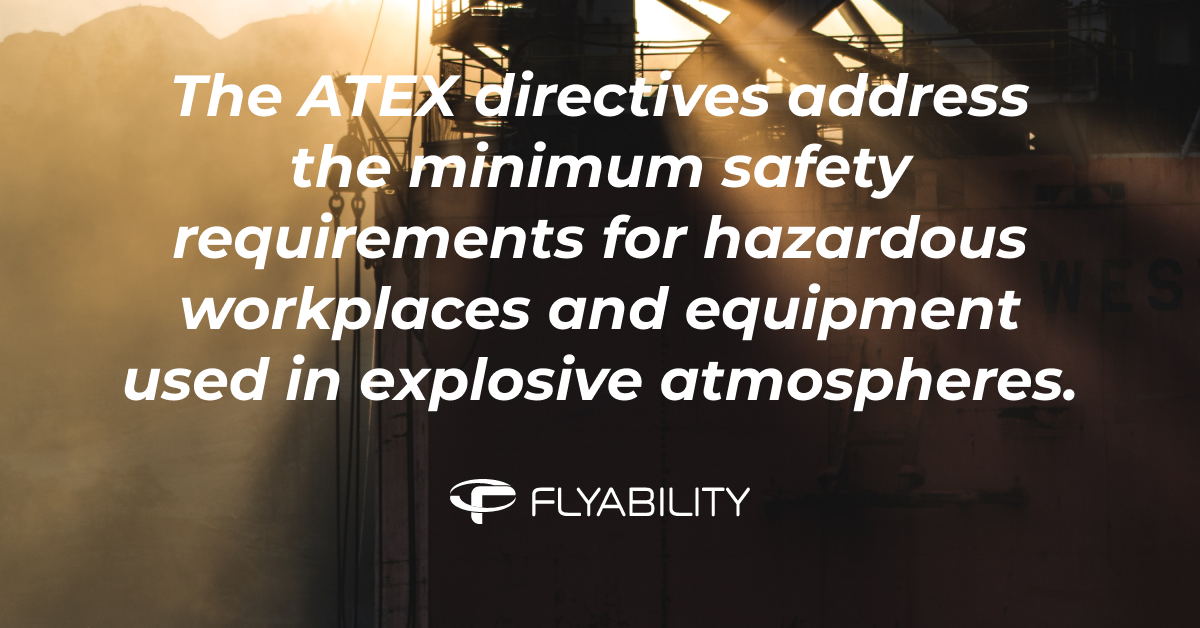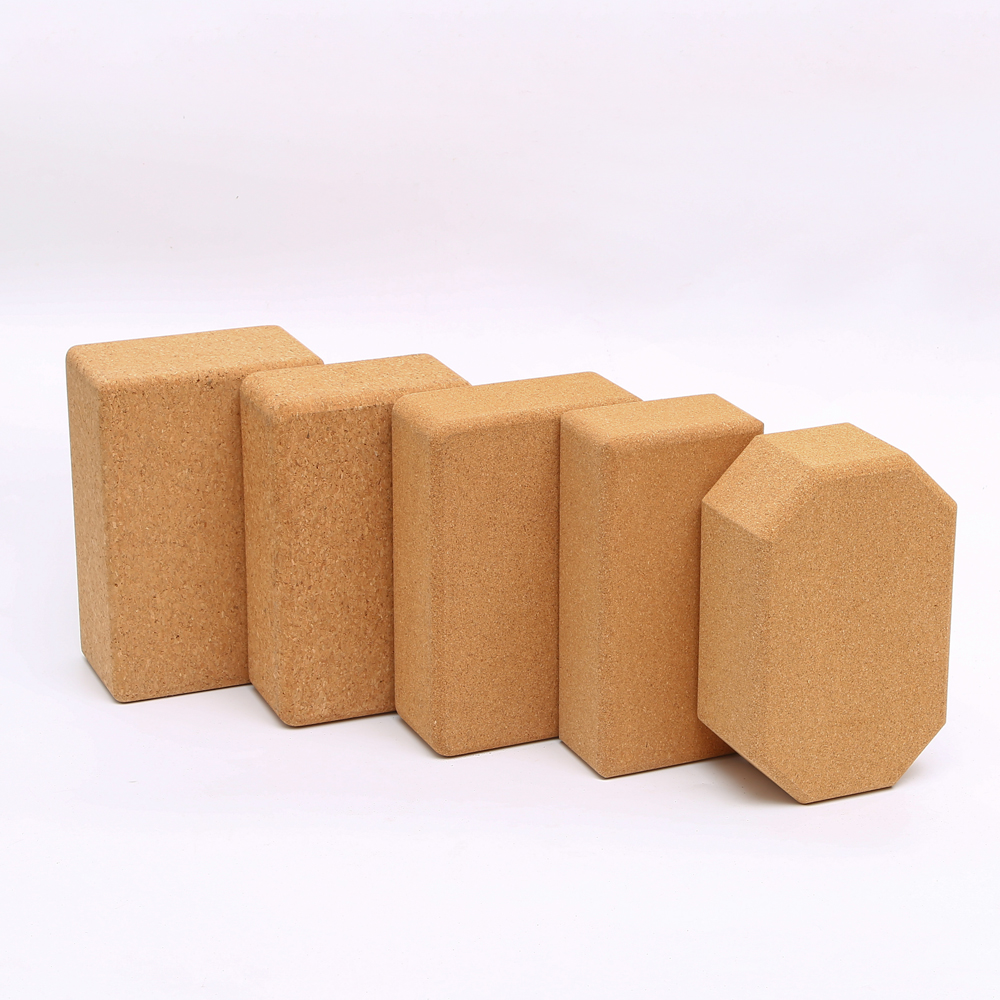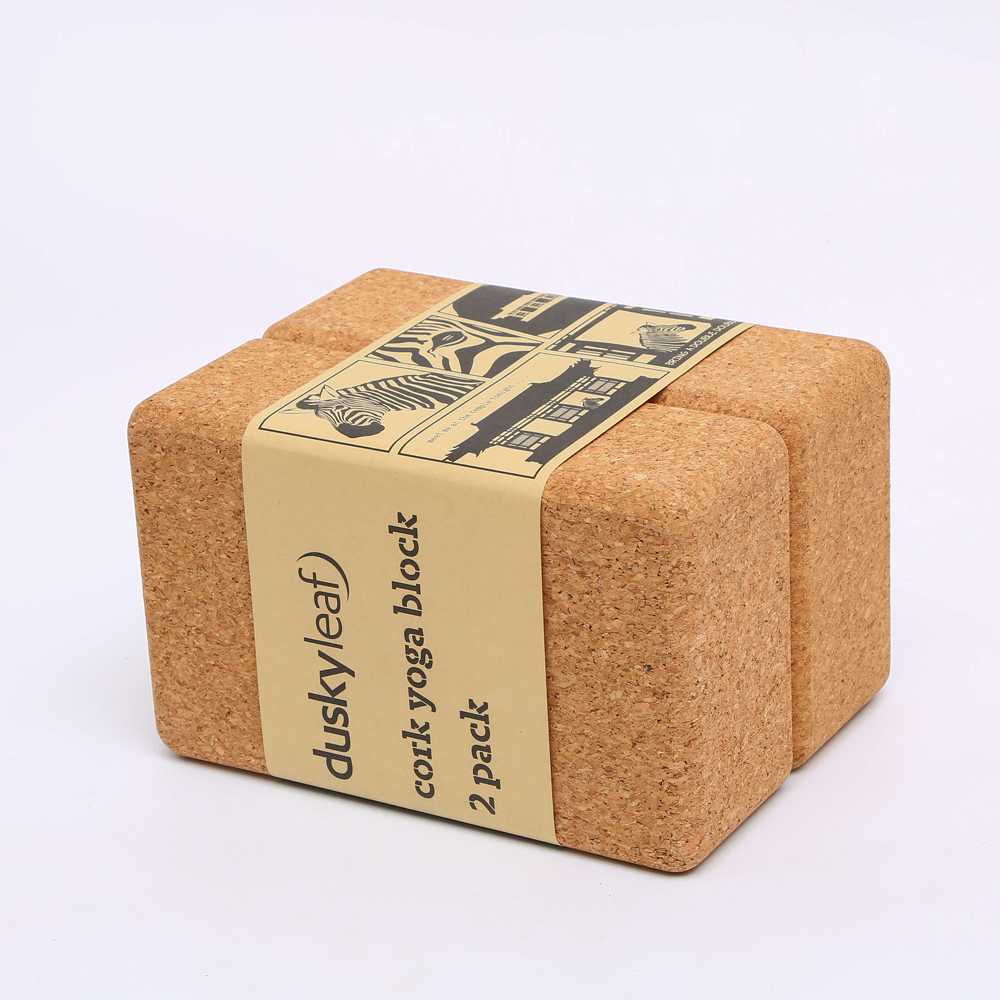The ATEX directives are a set of regulations established by the European Committee for Standardization to safeguard workers from explosive atmospheres in the European Union. These directives outline essential safety requirements for both workplaces and equipment used in environments where explosive mixtures may be present. By setting clear guidelines, ATEX helps reduce the risk of explosions and ensures that industries operating in hazardous areas maintain high safety standards.

ATEX consists of two main components: one focused on workplace safety and the other on equipment used in explosive environments. It is widely applied in sectors such as oil, gas, and mining, where workers often face extreme conditions. The directive mandates that potentially explosive areas be categorized into zones based on the likelihood of an explosive atmosphere being present.
Any area where flammable substances like gases, vapors, dust, or fibers mix with air under atmospheric conditions could pose a combustion risk if exposed to a spark. To manage these risks, ATEX provides a structured approach to classification and equipment selection.
In addition to ATEX, the IECEx system offers a similar framework for international risk prevention. While no direct equivalent exists in North America, several regional systems are used to classify hazardous areas, each managed by different industry organizations.
### Why Is ATEX Awareness Important?
Understanding ATEX is crucial for both general awareness and professional practice. In industrial settings, it's essential to recognize potential hazards and how they can arise. Even with strict safety protocols, complacency can lead to accidents. Regular reminders about ATEX help keep safety at the forefront of operations, ensuring that workers remain vigilant and prepared.
### ATEX Zone and Category System
ATEX divides hazardous areas into zones based on the frequency and duration of explosive atmospheres. Equipment used in these zones is classified into categories that define safe operating conditions.
**Gas/Vapor Zones:**
- **Zone 0:** Explosive atmosphere is present continuously or for long periods.
- **Zone 1:** Explosive atmosphere is likely to occur occasionally during normal operation.
- **Zone 2:** Explosive atmosphere is unlikely but may occur briefly.
**Dust Zones:**
- **Zone 20:** Combustible dust clouds are present continuously or frequently.
- **Zone 21:** Dust clouds are likely to occur occasionally.
- **Zone 22:** Dust clouds are unlikely but may appear briefly.
**Equipment Categories:**
- **Category 1:** For Zone 0 and 20.
- **Category 2:** For Zone 1 and 21.
- **Category 3:** For Zone 2 and 22.
Equipment approved for higher-risk zones can be used in lower-risk areas, including non-hazardous environments. Certified devices carry a seal indicating compliance with ATEX standards.
### How Does ATEX Keep People Safe?
ATEX helps prevent industrial explosions by promoting the use of intrinsically safe equipment. These devices are designed to eliminate any possibility of sparking an explosion, even under extreme conditions. Tools like mobile tablets and safety alert devices are commonly used in hazardous areas to monitor and inspect equipment safely.
Despite technological advances, human presence is still required in some cases for inspections and maintenance. However, new technologies are increasingly used to minimize exposure to dangerous environments.

### Additional Safety Options
Remote inspection tools like drones and robots are now widely used to reduce human exposure to hazardous areas. Although these tools may not always meet ATEX intrinsic safety standards, they significantly enhance safety by allowing inspections without direct human involvement.
Environmental mitigation techniques, such as inerting explosive atmospheres with non-flammable gases, also play a key role. This process makes it safer for workers to enter hazardous spaces when necessary.
Robots, drones, and submersibles are increasingly used to collect data in dangerous environments, either autonomously or under remote control. Human intervention is typically reserved for critical situations, reducing overall risk.
### Updates to ATEX Directives
The European Commission regularly reviews and updates the ATEX directives to improve worker safety. The last major revision in 2014 introduced clearer terminology and updated zone classifications. Warning symbols were also added to identify hazardous areas more effectively.
As industries evolve, so do the safety measures that protect workers. ATEX continues to be a vital tool in preventing explosions and ensuring that workplaces remain as safe as possible.
Cork Yoga Block
The Cork Yoga Block is a great aid for both yoga beginner and those who need extra help perfecting diffcult yoga poses and meditation practices.Gaiam cork block is large enough to sit on comfortably.Made of natural cork,which is soft,non-stick and scratch-proof.The material is eco-friendly and non toxic.


Cork Yoga Block,Cork Block,Gaiam Cork Block,Cork Yoga Brick
Jiangsu Real Sporting Goods Limited Company , https://www1.ruiousporting.com

